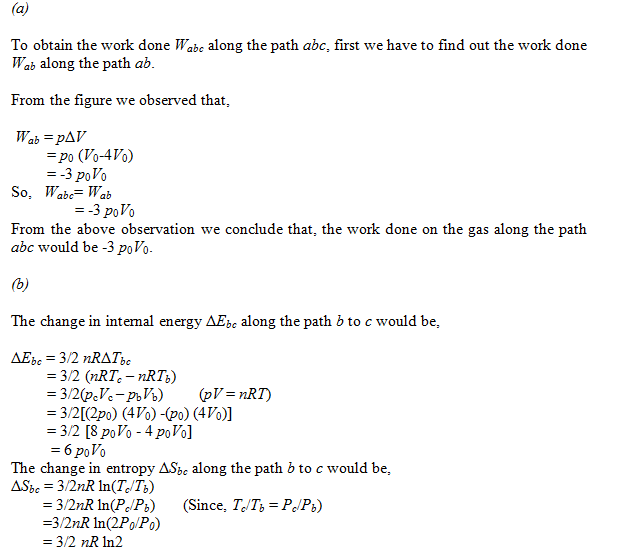Ask a Doubt
Get your questions answered by the expert for free
Enter text here...
Other Related Questions on thermal physics

A container filled with a sample of an Idea gas at the pressure of 1.5atm. the gas is compressed isothermal ly to one fourth of its original volume. What is the new pressure of the gas?
thermal physics
0 Answer Available
Last Activity: 2 Years ago

how do we know the electric field due to an electric dipole of dipole moment P at distance r from the centre of dipole is fiven by .. where theta is angle between p amd r vector..
thermal physics
0 Answer Available
Last Activity: 2 Years ago

A A mole of helium gas initially at stp undergoes an isovolumetric process in which its pressure falls to half its initial value. The work done by gas is
thermal physics
0 Answer Available
Last Activity: 2 Years ago


Please help me with theanswer of this questionrelated to radiation graph
thermal physics
0 Answer Available
Last Activity: 3 Years ago











